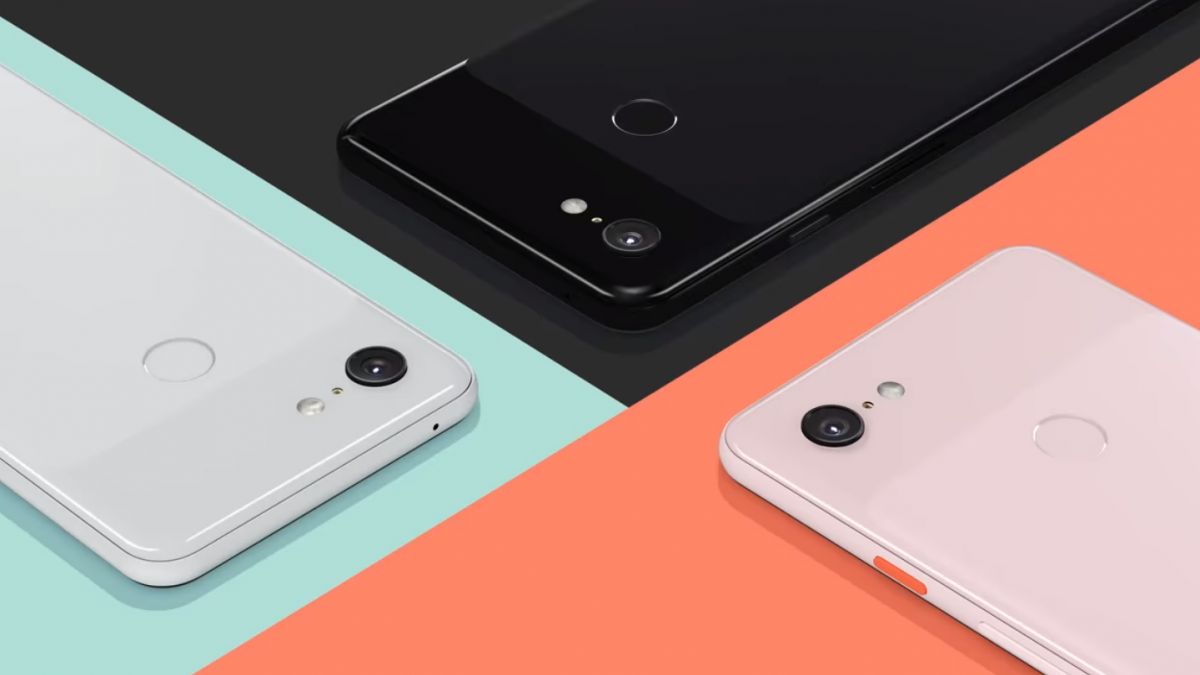If there’s anything that’s been crystal clear from the flagship smartphones on 2018, it’s that they’re all boring. From Apple’s iPhone Xs to the Pixel 3, it’s the same story wherever you look: more speed, more camera, and more flashy features to try and tempt you.
Smartphone innovation has come to a crawl as the big players have begun struggling to justify the yearly upgrade cycle they’ve spent years pushing to make normal. People are upgrading less than ever, and whispers of peak smartphone are beginning to be uttered.
As it’s getting increasingly difficult to convince you to pull out your wallet on hardware, the push for features as a selling point has become a renewed focus across the board.
The race to the bottom for hardware is over, and everyone won: every device is high-end now. Absolutely every smartphone out there is fast, with a great screen and a fantastic camera. Specifications simply don’t matter anymore, because everything’s great. All that’s left is software, and the ecosystem around the phone, to sell you the next big thing.
This is happening across the industry: Apple’s latest iPhone Xs introduced features like Smart HDR and adjustable depth control, while Google’s Pixel 3 touts Top Shots, Super Zoom and call screening. Samsung’s devices tout raw gaming power, while Huawei focuses on “AI powered” technology.
To stimulate sales, new categories have emerged. Now there’s your iPhone, but you better get the Airpods too. Oh, but don’t forget the Pixel 3 Stand, the HomePod and the Home Hub. The accessories, it seems, have sprung up as a side-effect of the increasing difficulty to sell on smartphone alone.
All of these things are software based or play into a larger ecosystem, with many of them layered on to make their respective devices appear worth upgrading for. The Pixel 3 is a respectable refresh of the Pixel 2 hardware, but it’s a smaller upgrade than your last one probably was, and unless you’re a few generations behind you probably don’t need it.
There’s a reason 2018 is the year of new form factors, giant screens, color options and quirky notch-based ways to stretch the screen to the edge of the display: they’re easy ways to provide new temptations to people who are still holding onto their old phone.
The same can be said of almost every other manufacturer in 2018, and none of this is a bad thing. Smartphones getting boring is a testament to how ubiquitous they’ve become, and how the supercomputers in our pockets are getting better at lasting longer. It’s better for the environment and your wallet to keep your phone for longer, which has become the new norm.
The only party it’s bad for is the company making the device. There’s already warning signs that smartphone sales are slowing, and companies like Apple almost exclusively rely on that revenue to pad their bottom lines — so prices are creeping upward gradually to hide that slowdown.
Watching smartphone keynotes this year, it’s clear that it’s harder than ever to build a convincing presentation without it becoming a complete bore.

Instead of being about how insane that new camera is, it’s about how AR can make dancing blobs hang out in your living room, or enhance your photos after the fact, the way it interacts with you via voice, and so on. Many of today’s improvements can be delivered via software, not hardware, leading to the end of the smartphone wars.
Almost all of these smartphone keynotes have become a spaghetti of features that sound fun or worth having at the time, but in reality you’ll probably never use them beyond the first day.
In a year or two, it’s hard to imagine the phone keynote, or annual hardware update being a thing anymore: it’s just another performance bump, extra feature or whatever else. Maybe some of them matter, but the majority won’t.
Smartphones got so good they’re boring. 2018 has brought the pinnacle of pocket computing, and along with it, the most boring year yet as a side-effect.
I don’t think there’s another Big Revolution around the corner, just bickering over notches, camera lenses and other banalities that amounts to little for the user. Ten years after the race began, you can get killer hardware wherever you look, which fits into the way you want to live your life.
It’s just an ecosystem battle now, and what happens next is anyone’s guess. I suspect it’s about to get weirder.

